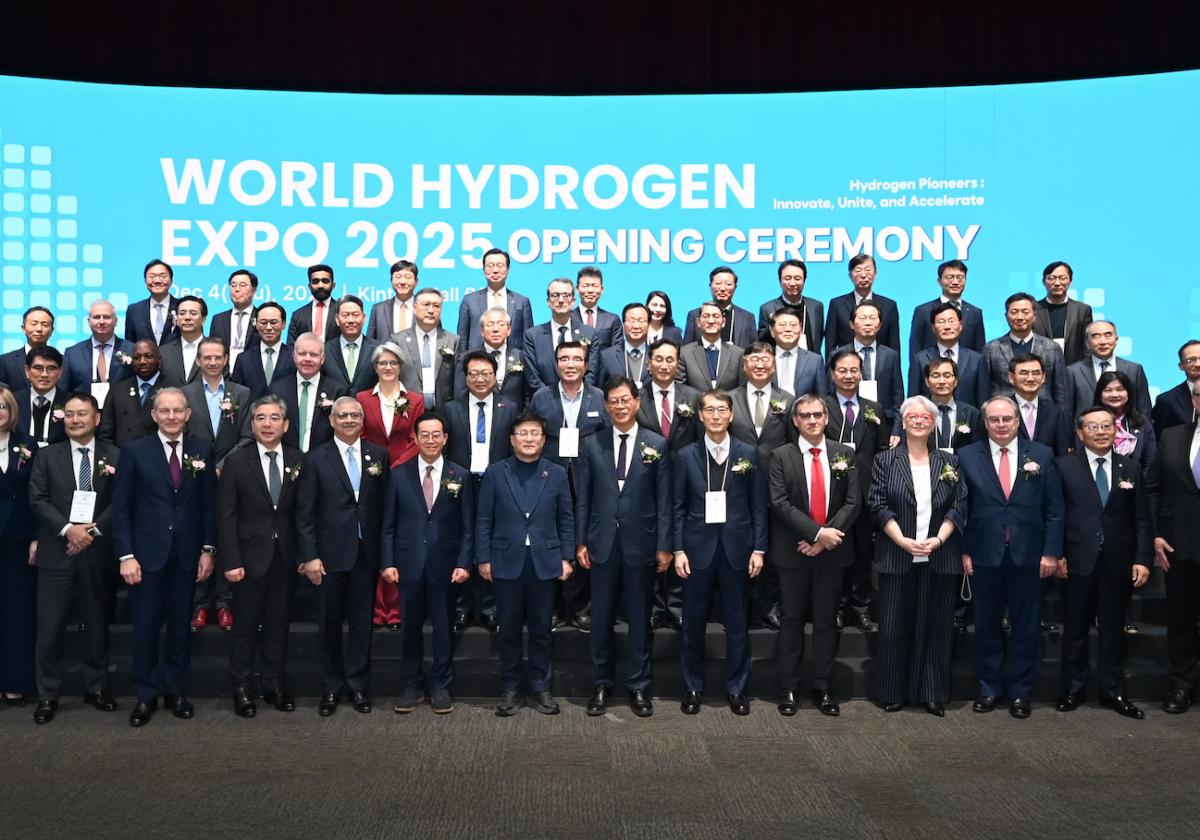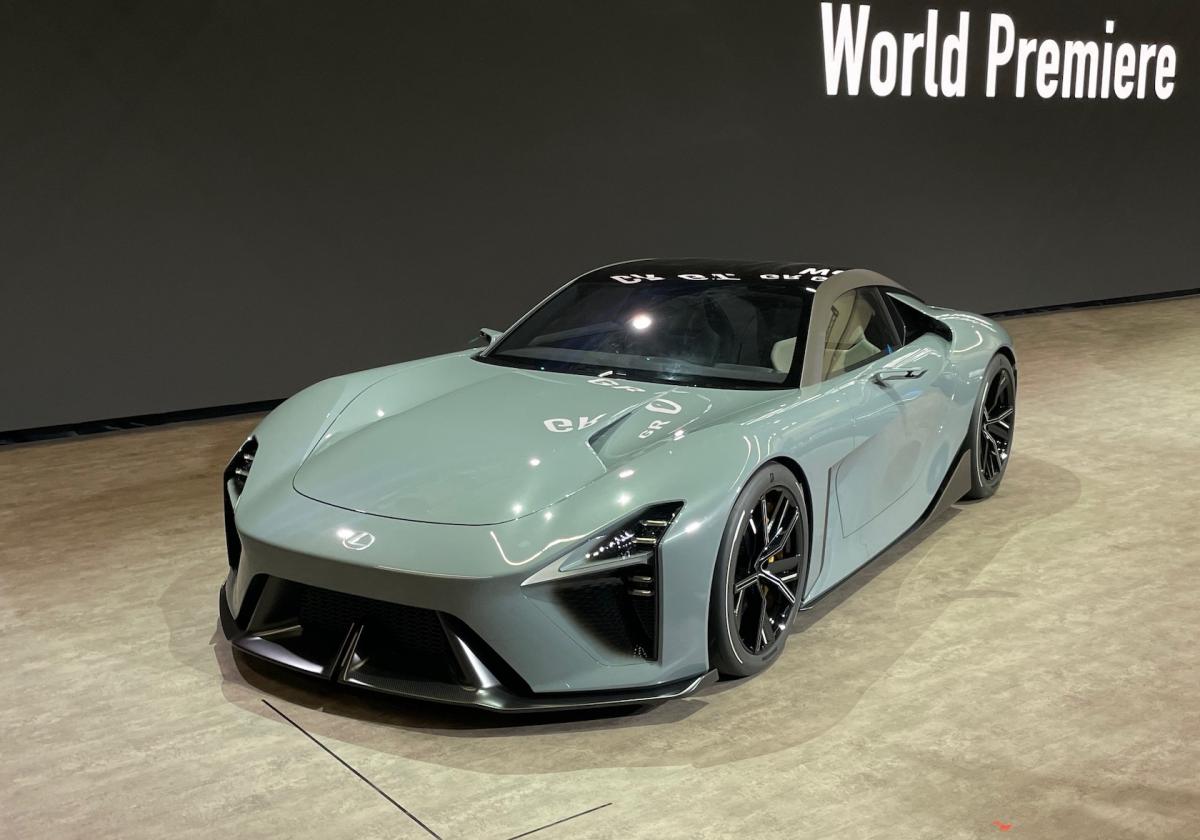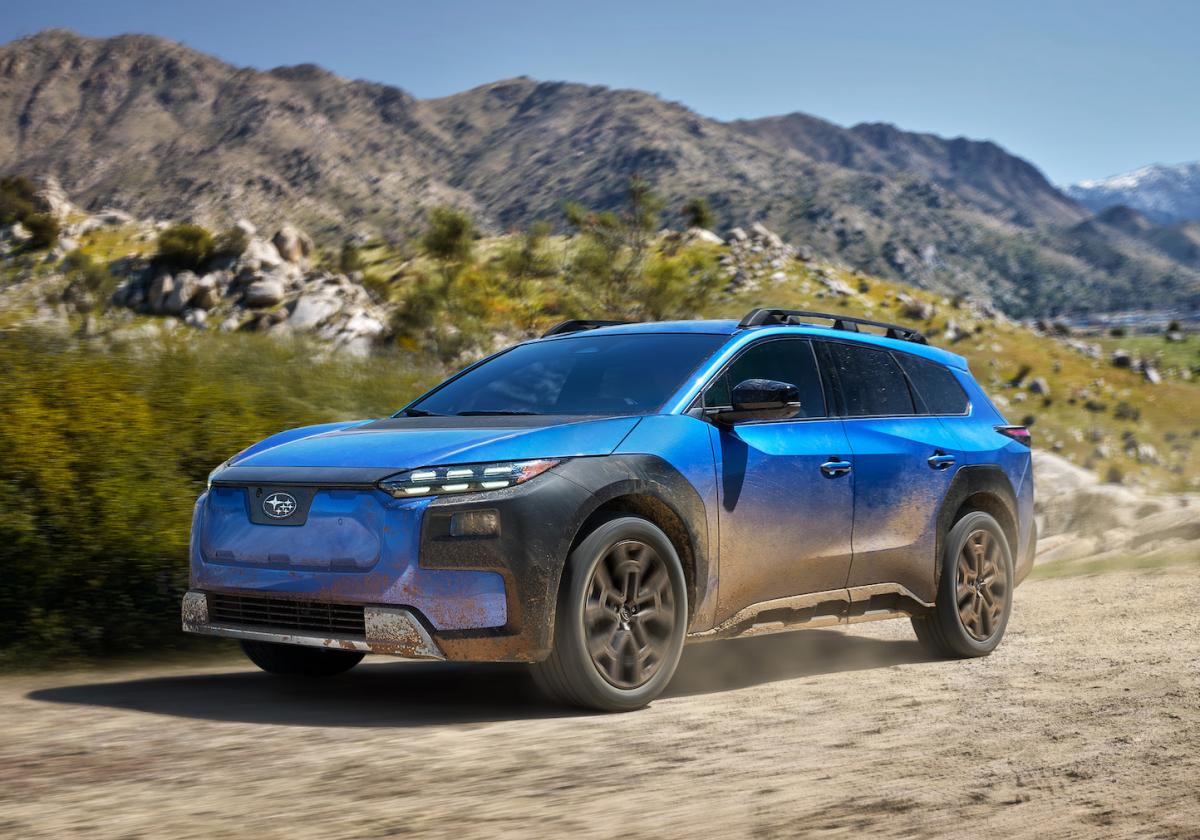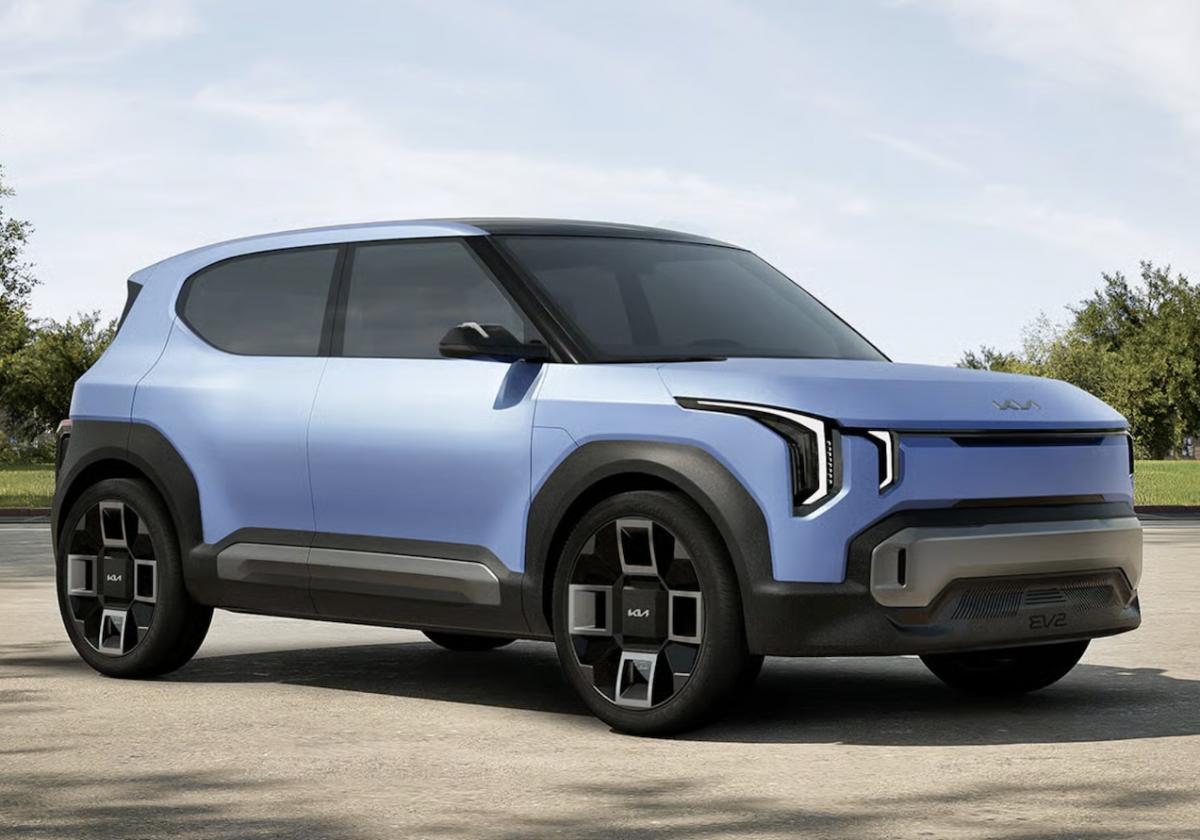- GM switching status from carmaker to energy company.
- GM will produce EVs, but also plans to sell battery technology to power cars, boats, trains and buildings.
- GM’s nationwide dealers plan to sell home energy systems to counter outages that cost US economy $150 billion in 2021.
Carmakers redefining themselves is a sign of the times. When Toyota announced it was transforming from a carmaker to a mobility company over a year and a half ago, many eyebrows in the industry shot north in surprise. Now General Motors is at it too—proclaiming to be switching from an automaker into a diversified energy company.
Translated that means GM will produce electric cars, but it also plans to sell battery technology and energy management services to power, not just cars, but boats, trains, commercial equipment, and buildings. Engineering its battery and fuel cell expertise into other uses is a natural extension for GM, says a spokesperson, which aims to double annual revenue to $280 billion by 2030.
The automaker has established a new business unit, called GM Energy, that will sell energy storage and management services to residential and commercial customers. With GM’s new products, electric vehicle (EV) owners would be able to use their cars to power their homes during a power outage or earn precious dollars by selling their energy back to utilities during peak consumption periods.
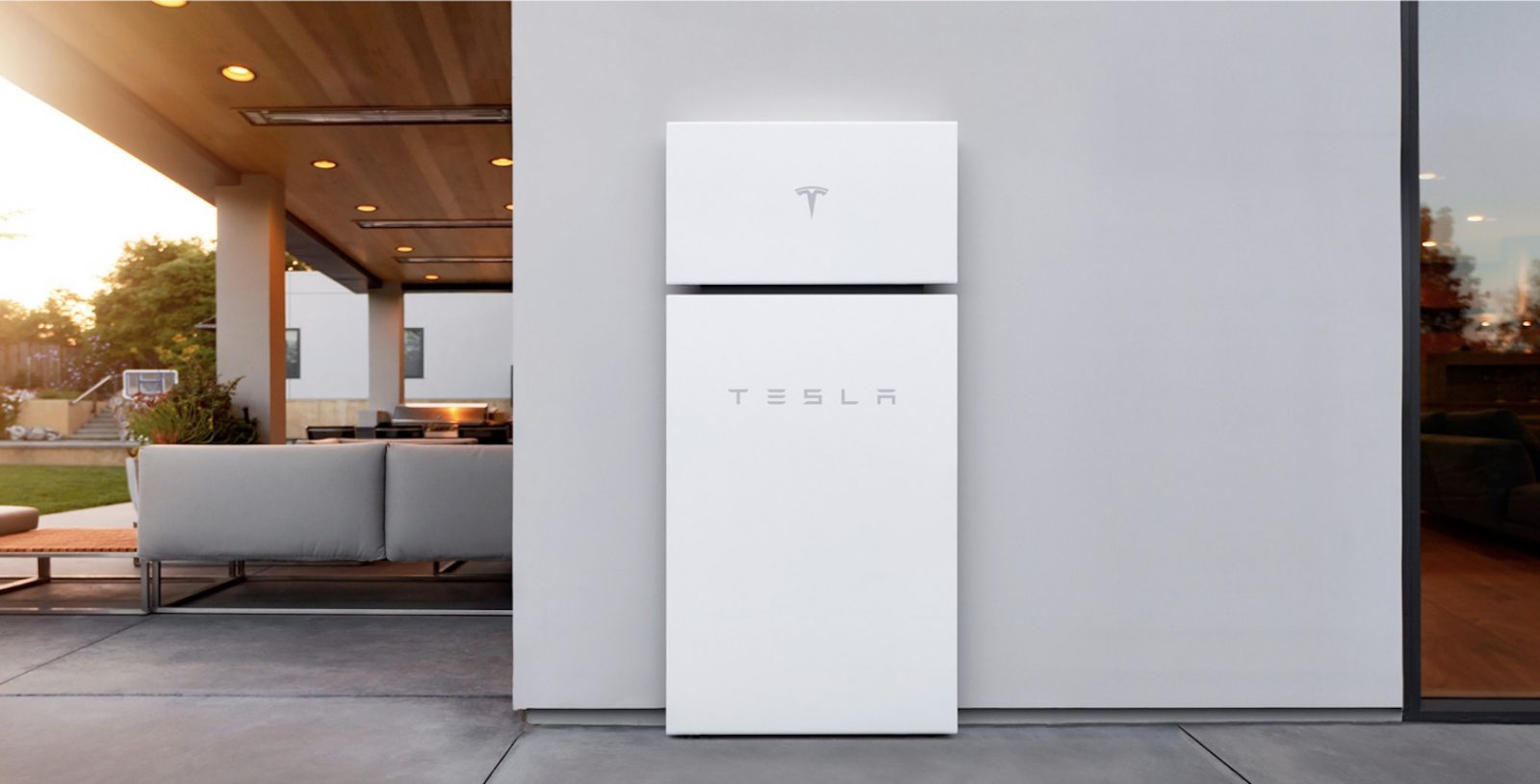
GM also plans to sell large, stand-alone batteries to commercial customers to store and manage power for cars and homes. In contrast, GM’s rival Tesla has had a solar energy and storage business for years. In mid-2021, Tesla reported a second quarterly revenue of $801 million from its energy generation and storage business — which includes three main products: solar, its Powerwall storage device for homes and businesses, and its utility storage unit Megapack.
As we can see, GM is following in the footsteps of Elon Musk’s company with its proposed energy strategies. One of GM Energy’s initiatives sees the carmaker teaming up with SunPower, a leading solar energy company, to sell a home energy system that will integrate EVs, solar panels and energy storage. The system will go online with the launch of the 2024 Chevrolet Silverado EV, which goes into production in the fall of 2023.
This is all part of GM’s wider strategy to build an EV ecosystem — batteries, charging, connectivity and energy management — that it can supply to other industries as well.
Some of the same electric technology behind the GMC Hummer EV and Cadillac Lyriq, for example, is used in electric pontoon boats, locomotives, heavy-duty off-road vehicles and airport ground equipment. According to one source, electrification components could be a $20 billion business by 2030, says GM, which is working with about 30 transportation-related companies to electrify their products.
“This is a business model that is staring us in the face,” said GM vice president Travis Hester, who leads the company’s EV growth initiatives. While other players are “wanting in,” he said, few have a full ecosystem that includes tech such as bidirectional charging and cloud-based energy management.
GM’s new business unit is basically selling energy security at a time when the power grid seems increasingly unstable. In fact, the U.S. lost $150 billion in commerce last year due to power failures, while in California, there were 25,000 blackouts lasting more than an hour in 2021, resulting in $15.5 billion in lost business.
GM’s nationwide dealers will help market the company’s home energy systems when they sell EVs, with the goal to earn commissions. That’s critical for dealers who are feeling the heat from manufacturers to adapt to the rapidly approaching EV era and are looking for new sources of income. Everything is switching to electric, and GM wants its finger in every pie.
OUR THOUGHTS
GM’s entry into the energy sector, through GM Energy, is a major turning point in the firm’s future plans. While following in the footsteps of Tesla, its planned solar power, battery strategies and home energy systems will intensify competition with Tesla in the energy sector, which can only drive prices down while giving consumers a bigger choice of products and services. Win-Win.


